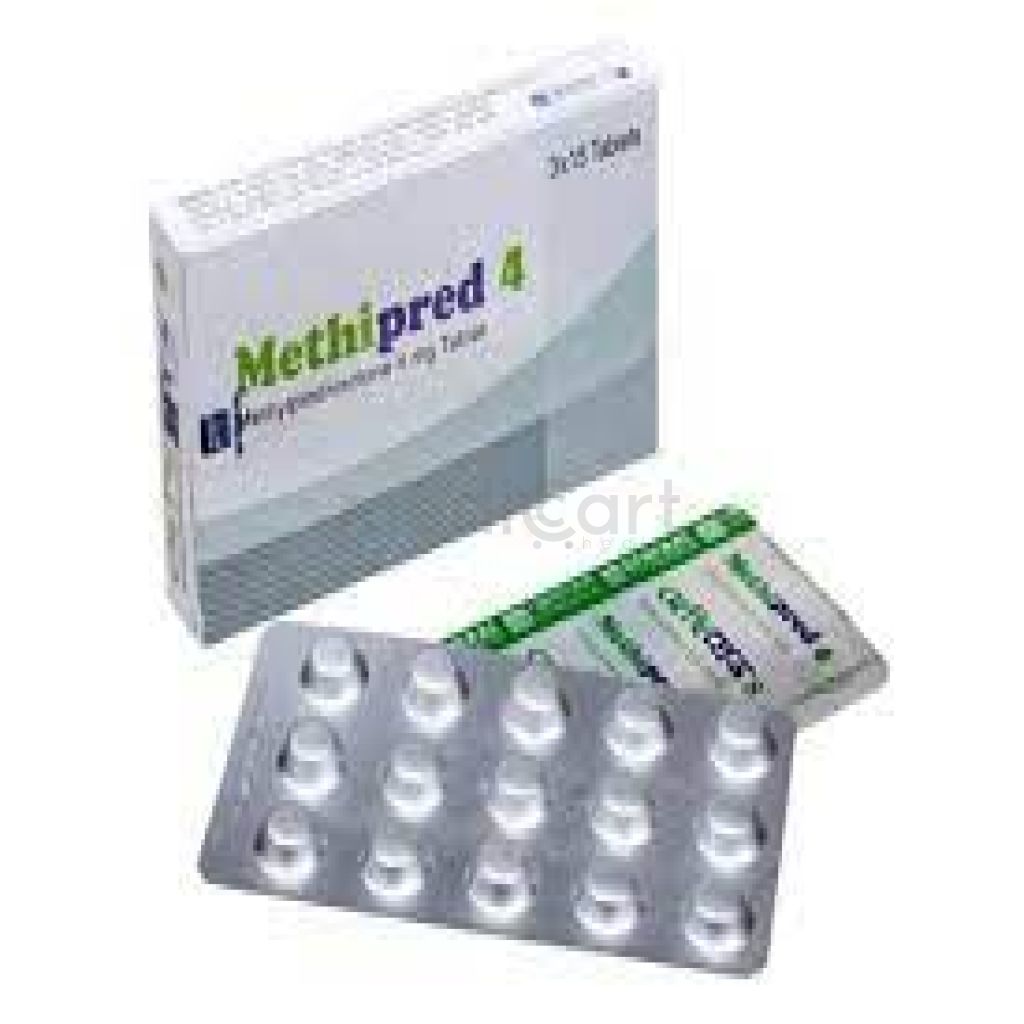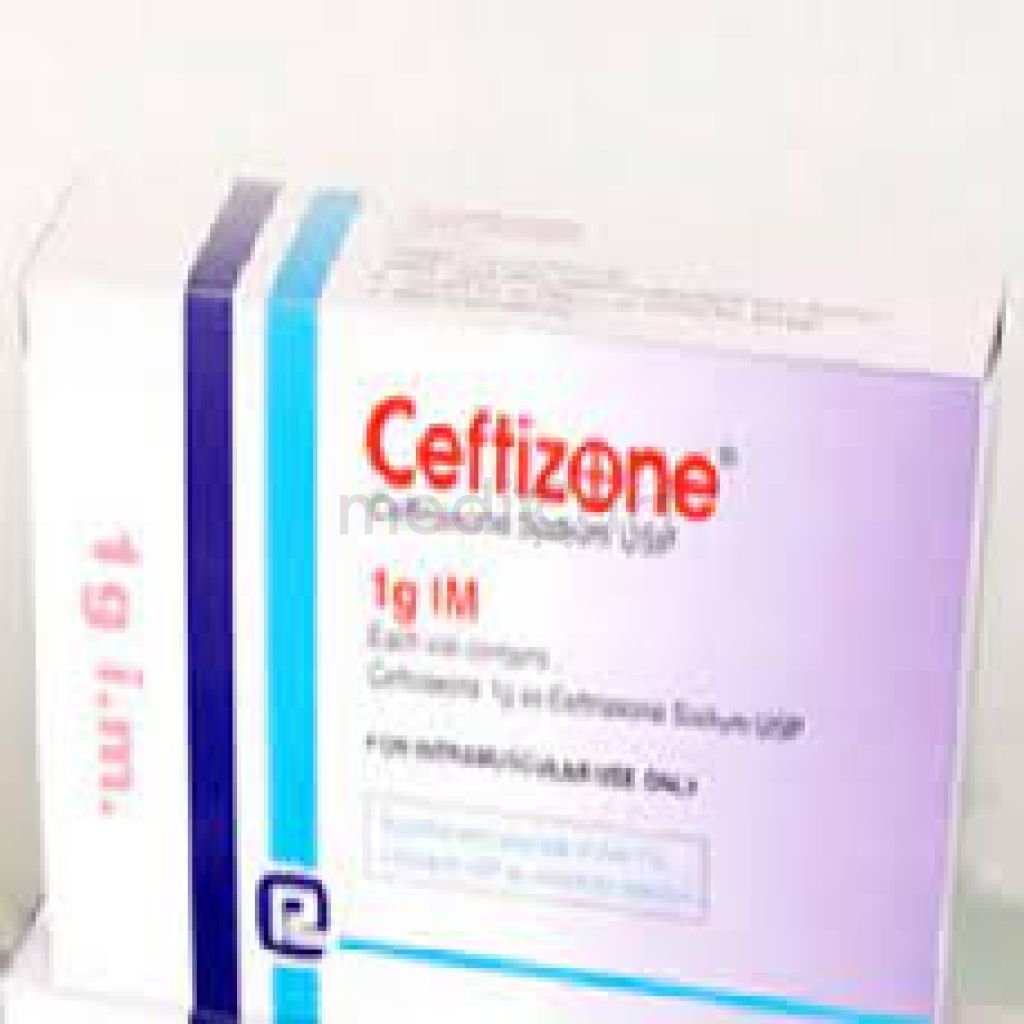

Xpos - 100mg
Tablet* Delivery will be done in Dhaka city only.
Alternative Product
More Information About - Xpos - 100mg
Description
Generic Name
Posaconazole
Precaution
Patient w/ potentially proarrhythmic conditions. Hepatic impairment. Pregnancy and lactation. Patient Counselling May impair ability to drive or operate machinery. Monitoring Parameters Monitor hepatic and renal function, electrolyte disturbances (e.g. Ca, Mg, K), CBC, breakthrough fungal infections and adequate oral intake.
Indication
Prophylaxis of invasive Aspergillus, Candida Infections, Oropharyngeal candidiasis
Contra Indication
Hypersensitivity. Co-admin w/ sirolimus, ergot alkaloids (e.g. ergotamine, dihydroergotamine), CYP3A4 substrates (terfenadine, astemizole, cisapride, pimozide, halofantrine, or quinidine), and HMG-CoA reductase inhibitors (e.g. simvastatin, lovastatin, atorvastatin).
Dose
Oral Prophylaxis of invasive fungal infections Adult: As delayed-release tab: 300 mg bid on the 1st day, then 300 mg once daily thereafter. As oral susp: 200 mg tid. Treatment duration is based on recovery from neutropenia or immunosuppression. Oral Oropharyngeal candidiasis Adult: As oral susp: 100 mg bid on the 1st day, then 100 mg once daily, for 13 days. Oropharyngeal candidiasis refractory to itraconazole and/or fluconazole Adult: As oral susp: 400 mg bid. Treatment duration is based on patient's underlying disease and clinical response. Intravenous Prophylaxis of invasive fungal infections Adult: 300 mg bid on the 1st day, then 300 mg once daily thereafter. Treatment duration is based on recovery from neutropenia or immunosuppression.
Side Effect
>10% Fever (45%) Diarrhea (42%) Nausea (38%) Hypokalemia (30%) Headache (28%) Abd pain (27%) Anemia (25%) Cough (24%) Nausea (38%) Thrombocytopenia (29%) Constipation (21%) Dyspnea (20%) Febrile neutropenia (20%) Rigors (20%) Rash (19%) Bacteremia (18%) HTN (18%) Hypomagnesemia (18%) Fatigue (17%) Insomnia (17%) Mucositis (17%) Musculoskeletal pain (16%) Anorexia (15%) Herpes simplex (15%) Leg edema (15%) CMV infection (14%) Epistaxis (14%) Hypotension (14%) Pharyngitis (12%) Arthralgia (11%) Dizziness (11%) Hypoglycemia (11%) Petechiae (11%) Pruritus (11%) Back pain (10%) Dyspepsia (10%) Vaginal hemorrhage (10%) 1-10% Anxiety (9%) Edema (9%) Hypocalcemia (9%) Weakness (8%) URI (7%)
Pregnancy Category
Name : Not Classified
Description
FDA has not yet classified the drug into a specified pregnancy category.Mode of Action
Blocks the synthesis of ergosterol, a key component of the fungal cell membrane, through the inhibition of the enzyme lanosterol 14-α-demethylase and accumulation of methylated sterol precursors. Posaconazole has activity against Candida spp., Aspergillus spp., Coccidioides immitis, Fonsecaea pedrosoi, and some species of Fusarium and zygomycetes.
Interaction
Decreased plasma concentrations w/ efavirenz, fosamprenavir, cimetidine, esomeprazole, metoclopramide, phenytoin and rifabutin. May increase plasma concentration of ritonavir and atazanavir. May increase risk of neurotoxicity w/ vinca alkaloids (e.g. vincristine, vinblastine). May increase plasma concentrations of tacrolimus, ciclosporin, midazolam, Ca channel blockers (e.g. verapamil, diltiazem, nifedipine, nicardipine, felodipine) and digoxin.
Pregnancy Category Note
Pregnancy Available data in pregnant women are insufficient to establish a drug- associated risk of major birth defects, miscarriage, or adverse maternal or fetal outcomes; based on findings from animal data, therapy may cause fetal harm when administered to pregnant women Animal data Skeletal malformations (cranial malformations and missing ribs) and maternal toxicity (reduced food consumption and reduced body weight gain) observed when dosed orally to pregnant rats; during organogenesis at doses greater than or equal to 1.4 times the 400 mg twice daily oral suspension regimen recommended in humans; in pregnant rabbits dosed orally during organogenesis, increased resorptions, reduced litter size, and reduced body weight gain of females were seen at doses 5 times the exposure achieved with the 400 mg twice daily oral suspension regimen; doses of ?3 times the clinical exposure caused an increase in resorptions in these rabbits; based on animal data, advise pregnant women of potential risk to a fetus Lactation There are no data on presence of drug in human milk, effects on breastfed infant, or on milk production; drug is excreted in milk of lactating rats; when a drug is present in animal milk, it is likely that the drug will be present in human milk; developmental and health benefits of breastfeeding should be considered along with mother’s clinical need for drug and any potential adverse effects on breastfed child from drug or from underlying maternal condition
Adult Dose
Oral Prophylaxis of invasive fungal infections Adult: As delayed-release tab: 300 mg bid on the 1st day, then 300 mg once daily thereafter. As oral susp: 200 mg tid. Treatment duration is based on recovery from neutropenia or immunosuppression. Oral Oropharyngeal candidiasis Adult: As oral susp: 100 mg bid on the 1st day, then 100 mg once daily, for 13 days. Oropharyngeal candidiasis refractory to itraconazole and/or fluconazole Adult: As oral susp: 400 mg bid. Treatment duration is based on patient's underlying disease and clinical response. Intravenous Prophylaxis of invasive fungal infections Adult: 300 mg bid on the 1st day, then 300 mg once daily thereafter. Treatment duration is based on recovery from neutropenia or immunosuppression.
Child Dose
Invasive Aspergillus & Candida Infections Indicated for prophylaxis of invasive Aspergillus and Candida infections in patients who are at high risk of developing these infections due to being severely immunocompromised (eg, hematopoietic stem cell transplant recipients with GVHD, hematologic malignancies with prolonged neutropenia from chemotherapy) <18 years (IV): Safety and efficacy not established <13 years (tablets and oral suspension): Safety and efficacy not established >13 years Oral suspension: 200 mg (5 mL) TID Tablet: 300 mg PO BID on Day 1, then 300 mg PO qDay Duration of therapy is based on recovery from neutropenia or immunosuppression Oropharyngeal Candidiasis Oral suspension is indicated for oropharyngeal candidiasis <13 years: Safety and efficacy not established >13 years Oral suspension: 100 mg (2.5 mL) PO BID on Day 1, then 100 mg PO qDay for 13 days Refractory to itraconazole and/or fluconazole: 400 mg (10 mL) PO BID; duration based on severity of underlying disease and clinical response
Renal Dose
Moderate-to-severe renal impairment (IV) eGFR <50 mL/min: Avoid IV administration unless benefit/risk assessment justifies use Accumulation of the IV vehicle, SBECD, is expected to occur Serum creatinine levels should be closely monitored; if increases occur, consideration should be given to changing to oral posaconazole therapy Severe renal impairment (tablets or oral suspension) Variability of systemic exposure with tablets or oral suspension observed Monitored closely for breakthrough fungal infections
Administration
IV Preparation Equilibrate the refrigerated vial to room temperature Aseptically transfer 16.7 mL (300 mg) of solution to an IV bag/bottle containing approximately 150 mL of 5% dextrose in water or sodium chloride 0.9% Should only be administered with these diluents; use of other infusion solutions may result in particulate formation Posaconazole injection is a single dose sterile solution without preservatives; once admixed, the product should be used immediately The diluted solution ranges from colorless to yellow IV Administration Must be administered through a 0.22 micron polyethersulfone (PES) or polyvinylidene difluoride (PVDF) filter Should be administered via a central venous line, including a central venous catheter or peripherally inserted central catheter (PICC), by slow IV infusion over ~90 minutes If a central venous catheter is not available, may administer through a peripheral venous catheter by slow IV infusion over 30 minutes only as a single dose in advance of central venous line placement or to bridge the period during which a central venous line is replaced or is in use for other IV treatment When multiple dosing is required, the infusion should be done via a central venous line Not for IV bolus injection Oral Administration Tablets and oral suspension are not interchangeable because of differences in dosing for each formulation Tablets Take tablets with food Tablets: Swallow whole; do not divide, crush, or chew Oral suspension Oral suspension should be taken with a full meal or liquid nutritional supplement or an acidic carbonated beverage (eg, ginger ale) in patients unable to eat a full meal
Disclaimer
The information provided herein are for informational purposes only and not intended to be a substitute for professional medical advice, diagnosis, or treatment. Please note that this information should not be treated as a replacement for physical medical consultation or advice. Great effort has been placed to provide accurate and comprehensive data. However, Medicart along with its authors and editors make no representations or warranties and specifically disclaim all liability for any medical information provided on the site. The absence of any information and/or warning to any drug shall not be considered and assumed as an implied assurance of the Company.





